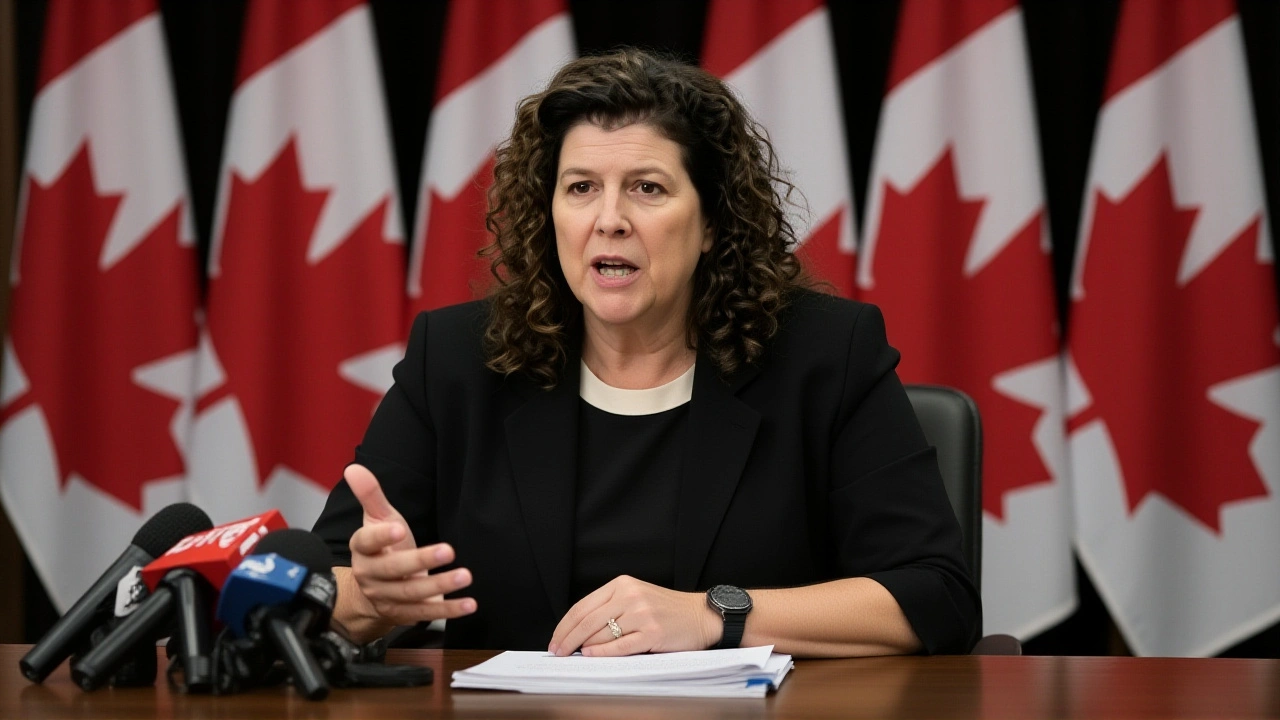Auditor General: only 2% of office space cut, taxpayers at risk
Auditor General Karen Hogan warns Canada has cut only 2% of federal office space, far below the 50% target, costing taxpayers millions. PSPC faces new reporting mandates.
Public Services and Procurement Canada (PSPC) is the department that runs the federal government's buying, property, and shared services. In plain terms, it decides what the government purchases, from office supplies to massive infrastructure projects, and makes sure the money is spent right. If you’ve ever wondered why a new road appears in your town or why certain contracts go to specific companies, PSPC is the engine behind those decisions.
Every time PSPC signs a contract, taxpayers’ dollars move. That means the department’s work directly impacts the cost of services you use—health care supplies, school renovations, and even the coffee in government break rooms. Transparency is a big deal because it helps keep prices fair and prevents waste. When PSPC publishes its procurement plans, you can see which projects are coming up and which businesses have a shot at winning them.
Beyond the money, PSPC sets standards for things like sustainability and accessibility. For example, recent contracts require suppliers to meet strict environmental guidelines, which pushes Canadian companies toward greener practices. That ripple effect can lead to cleaner air, more jobs in green tech, and a healthier economy overall.
Staying up‑to‑date is easier than you think. PSPC runs a public portal where all tender notices and award notices are posted. You can filter by region, industry, or contract size to see opportunities that matter to you. Signing up for email alerts means you’ll get a heads‑up when a new bid opens or when a big project is awarded.
Another useful tip is to follow the department on social media platforms like Twitter and LinkedIn. They often share summaries of major contracts, policy updates, and success stories of Canadian firms that landed government work. If you’re a small business, there are specific workshops and webinars that explain how to navigate the bidding process, from registering in the Supplier Registration Information system to submitting a compliant proposal.
For deeper dives, check out the annual reports released by PSPC. They break down spending by category, highlight audit results, and outline future priorities. Reading these reports can give you a sense of where the government is spending most of its money—whether it’s on digital transformation, military equipment, or community infrastructure.
Finally, don’t ignore the role of the Office of the Auditor General. Their audits often reveal gaps or inefficiencies in procurement. By following their findings, you can understand where improvements are needed and hold the government accountable.
In short, Public Services and Procurement Canada isn’t just a behind‑the‑scenes office; it’s a key player in how public money flows and how services reach everyday Canadians. Knowing where to look for information, signing up for alerts, and reading the right reports can turn a complex system into a useful resource. Stay curious, stay informed, and you’ll see how federal procurement shapes the world around you.

Auditor General Karen Hogan warns Canada has cut only 2% of federal office space, far below the 50% target, costing taxpayers millions. PSPC faces new reporting mandates.
